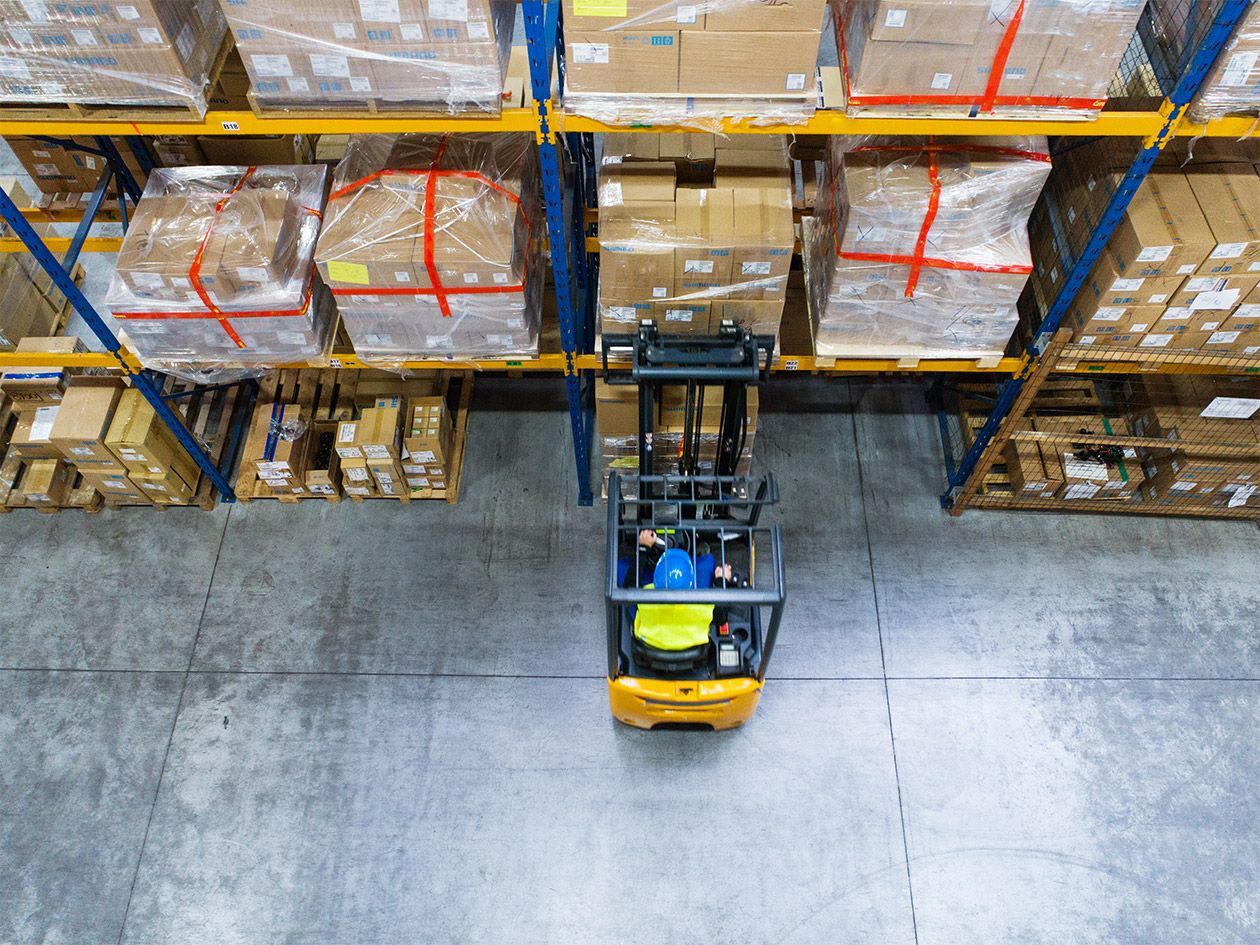5 Signs It’s Time to Replace Your Forklift Tires
Replace Your Forklift Tires
Replace Your Forklift Tires. Tires are a crucial component of any vehicle that drives, but they play a special role in forklifts. That’s because, unlike other vehicles, forklifts don’t have a suspension system. In your car, the suspension system absorbs the bulk of the impacts and irregularities from the road, as well as the weight of whatever you’re carrying, protecting both you and your vehicle. The difference between a smooth ride and a jarring one is the quality of your suspension. But when it comes to forklifts, that lack of a suspension system means all that work goes to the tires. They absorb the shock and impact of every bump in the warehouse floor and are often supporting several thousand pounds at a time.
Making sure your forklift tires are in good working order is paramount to worker comfort and safety, not to mention the life of your forklift. Pushing tires beyond their lifespan puts your equipment at risk, and by extension your workers. So what signs can you rely on to let you know when it’s time for new tires?
Wear Line
The wear line is the tire manufacturer’s way of letting you know when it’s time to change out the tires. As tires wear down, they lose rubber. Eventually, that loss of rubber reveals a brightly colored wear line. Past that point, the lack of rubber impacts tire reliability, so be sure to heed the warning and retire your worn tire.
Chunking
Chunking refers to the instance when pieces or “chunks”—of a forklift tire are falling off. You’ll find these chunks lying around your warehouse, or you’ll notice the pieces missing when you inspect your forklift tires. These missing pieces cause the tires to become uneven, which can cause the forklift to rattle as it drives, making it unstable. Another safety hazard? Those chunks lying around turn into debris that can trip up workers and equipment.
Flat Spots
Flat spots also affect the stability of your forklift. It’s common knowledge that tires should be round. If they’re not, you’ve got a problem. Frequent sharp turns while carrying heavy loads can contribute to the creation of flat spots. If the tires are spun during acceleration, this can also cause flat spots to form. Like chunking, these spots contribute to a bumpy ride and affect the stability of the forklift.
Tearing or Cracking
Like chunking, tears or cracks are an indication that the integrity of your tires is breaking down. Sometimes, these tears are caused by age. In other cases, running up against a piece of machinery may have caused a tear. Regardless of the cause, once tire integrity has been compromised, it’s time for a replacement.
Balding
Take note of the tread on your forklift tires when they’re new. When tread depth decreases by two inches or more, or if bald spots form, your tires have outlived their usefulness.
Benco Industrial Equipment is a proud forklift dealer here in St. Charles, MO. Our expert forklift repair team is here to provide repair or refurbishment services to keep your forklift running and your warehouse moving. And if you’re in the market for a new forklift, you can look to our selection of reliable Hyundai forklifts . Give us a call today at 636-486-1693 or 888-946-8236 for more information, or shoot us an email at info@bencoindustrial.com .
The post 5 Signs It’s Time to Replace Your Forklift Tires appeared first on Benco Industrial Equipment.




